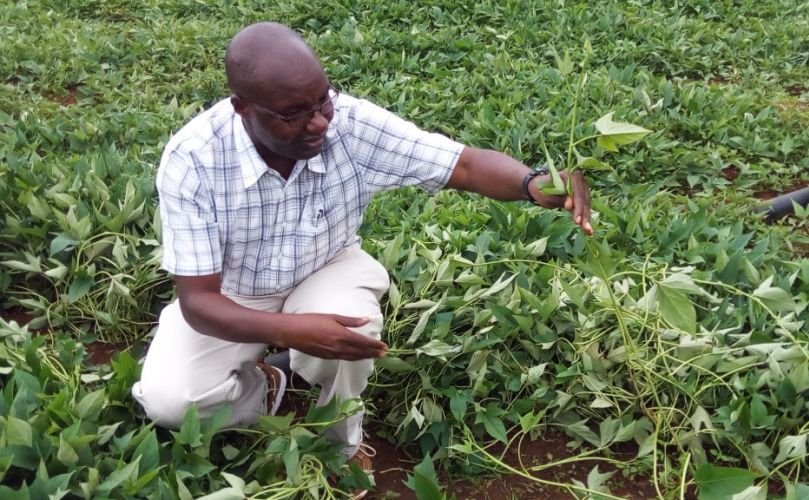Experts in potato breeding and research have identified Rwanda’s Eastern Province as a potential alternative for clean potato seed production.
Researchers sought for an alternative after reports that Northern and Western provinces, the main potato production areas, were said to be infested by viruses and were limited for both breeding and production of potato.
Kirimi Sindi, the country manager of International Potato Centre (CIP), said traditional potato growing areas in the country are small and the crop has been grown in the areas for so long, hence leading to accumulation of diseases.
Sindi said this has affected subsistence and commercial production levels.
“If we have to re-fertilize the potato industry in Rwanda, particularly the seed, we must move it from the northern and western. There is need to grow potato in the areas that have not been growing this crop, meaning, there will be no diseases, hence giving farmers clean seeds,” said Sindi.
The scientist said to grow seed, there is need for minimum distance between seed and other normal potato, giving room for isolation so as to avoid seed contamination.
“Eastern Province has been identified to be disease-free, has enough land for economies of scale, mechanization and easy to do rotation,” he said.
Last week, a delegation of agronomists, breeders and scientists from Rwanda Agriculture Board (RAB) visited a pilot field in Kayonza, Eastern Province, that was used to test the yield of kinigi potato variety.
Senkesha Ntizo, an agronomist at RAB, said that although the northern and western parts of the country have been taken to be the most suitable areas for growing potato, there is need to utilize the east for production of more clean and quality seed of potato.
Citing an example of Bramin Farm in Ndego, Ntizo said the east could be of great help in producing enough potato seeds as well as providing breeding space.
Placide Rukundo, a potato breeder at RAB, said there is vast land for growing the crop in the east.
Looking at the harvest from the pilot field that was visited, Rukundo said that apart from high levels of nitrogen in the soil, which affected multiplication of the roots, the area is suitable for good yields.
He advised that with enough farmland in the area, farmers are able to do crop rotation, preferably using cereals, legumes and maize to avoid breeding of many diseases in the land.
Source: The New Times











